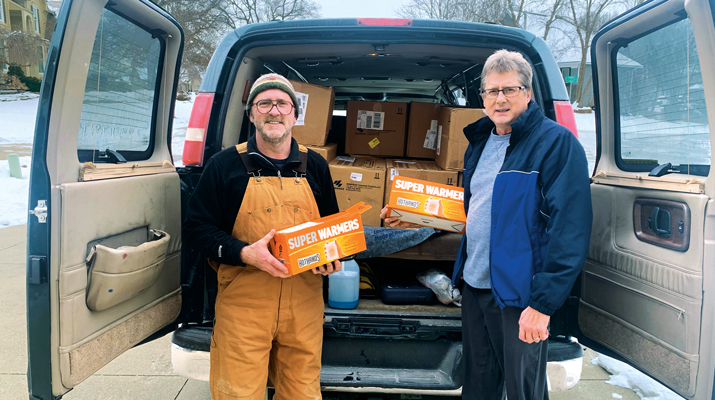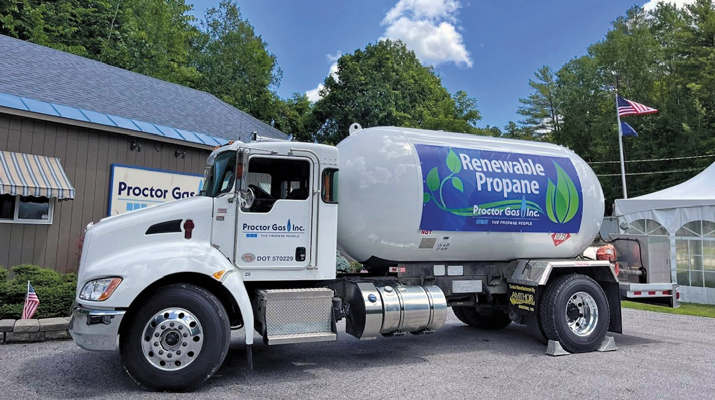Propane growing agriculture presence
The agriculture market accounts for more than 10 percent of all odorized propane sales in the United States – almost 1.5 billion gallons a year. Agriculture is a business, so for propane to be a leading agricultural energy choice, our industry must always look for new and improved technologies that provide sound business solutions for the farmer. The propane industry, through the Propane Education & Research Council (PERC), is funding research and development efforts that do just that.
 Robert Jacobs |
Propane’s agricultural uses are diverse, and our industry has left no stone unturned in examining uses throughout agriculture.
For poultry producers, sanitation is a critical management practice since bird health is largely dependent on a clean living environment. Popular chemical methods of sanitation can have limited effectiveness and leave residues. According to PERC–funded tests conducted by the University of Arkansas, flame treatments result in significant reductions in the key pathogens that are normally present in poultry barns. Armed with this knowledge, a propane-powered Poultry House Sanitizer was developed and is now sold by Flame Engineering. Early adopters of flame sanitation are discovering economic benefits including decreased mortalities, improved growth rates and feed efficiency. Flame treatments consume 47 gallons of propane per house, compared to $300-$400 for chemical treatments. There are approximately 54,500 broiler and turkey farms in the country, so if each farm has just one house sanitized four times per year, this represents 10.2 million gallons of new propane demand.
Another project of particular interest to PERC is steam weed control. PERC supported the development and demonstration of the Atarus Stinger steam weed control machine, which is marketed by D.J. Batchen Pty. Ltd., of Australia. This machine uses propane and water to generate an 800-degree Fahrenheit steam that when directed on plants, causes the plants to die. Successful field trials have generated significant interest among vineyard and orchard growers in the U.S. Additional demonstration efforts are planned for 2006. Approximately 77 million gallons of propane would be required annually to control weeds in just the top 20 orchard and vineyard crops.
With those two new technologies already on the market, you can see that our industry has made tremendous progress since the Propane Agriculture Roadmap was adopted in 2002. In the coming months and years, we will not only maintain, but also strengthen our presence in the agricultural business.
One of our goals is to promote and assist in the development of advanced technology propane engines that position propane in the eyes of farmers as a viable solution to ever-tightening emissions regulations. Other goals include developing solutions to other pest problems on the farm, developing new harvest aid practices and creating environmentally friendly management solutions for agriculture waste. One such harvest aid practice is the thermal defoliation of cotton using propane heat, which provides yet another alternative to chemical treatments.
And that’s just the beginning! Seeking and developing new technologies is only part of our task. We must continuously promote the message that propane is a cost effective, diverse and environmentally friendly energy source for agriculture. To spread these messages, PERC is developing new communications tools. The Agriculture Cost Estimator is online at www.agweb.com/propane. Also, take advantage of news releases, brochures and other information available at www.propanecouncil.org to help communicate with agriculture customers.
I am proud to be part of an industry that has a true commitment to helping the U.S. agriculture sector remain strong and competitive. It is only with your dedication and assistance that PERC is able to develop and promote propane as the exceptional energy for agriculture. I encourage you to get involved and stay informed as propane’s presence in the agricultural world continues to grow.
















